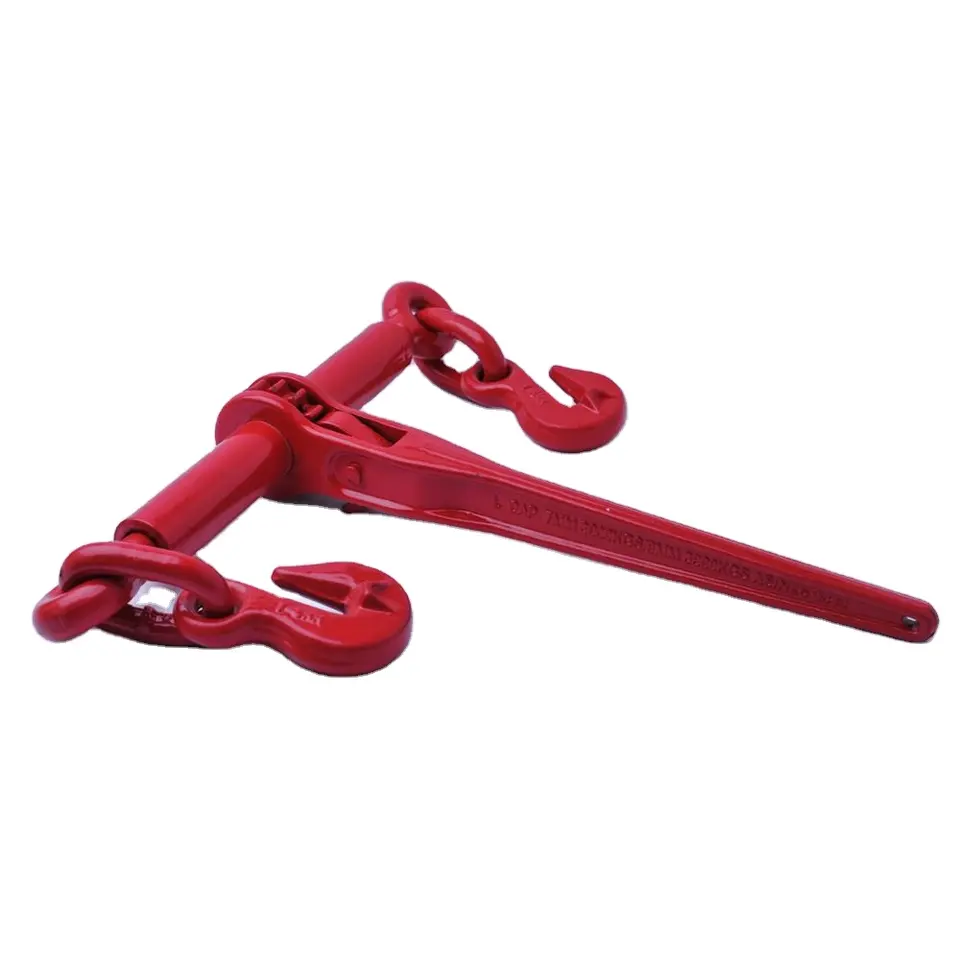News
dec . 12, 2024 04:40 Back to list
lifting hook
The Evolution and Importance of Lifting Hooks in Modern Industry
Lifting hooks are essential components in various industries, playing a critical role in the safe and efficient handling of heavy loads. These simple yet robust devices are designed to lift, hold, and lower items, making them invaluable tools in construction, manufacturing, and shipping. As industries evolve, so too do lifting hooks, adapting to modern safety standards and technological advancements.
History and Development
Historically, lifting hooks have been used since ancient times. Early civilizations utilized simple hooks made of metal or wood to lift heavy objects. Over the centuries, as technology advanced, lifting hooks transformed into more sophisticated tools, incorporating materials such as high-strength steel and innovative designs to enhance safety and performance. The development of the crane and pulley systems in the Middle Ages marked a significant turning point, leading to the creation of specialized lifting hooks capable of enduring greater loads.
Types of Lifting Hooks
Today, lifting hooks come in various designs, each tailored for specific applications. The most common types include
1. Swivel Hooks Designed to rotate 360 degrees, swivel hooks allow for flexibility in maneuvering loads, making them ideal for construction sites and warehouses. 2. Fixed Hooks These are stationary and rigid, often used in situations where the load must remain in a stable position during lifting. 3. Safety Hooks Equipped with locking mechanisms or latches, safety hooks prevent accidental detachment of the load, significantly enhancing operational safety.
4. Double Hooks These feature two hooks on a single base and are used to lift larger and bulkier items, distributing the weight more evenly.
lifting hook

Material and Safety Standards
With the emphasis on safety and efficacy, modern lifting hooks are often made from advanced materials that ensure durability and high load capacity. High-strength steel is commonly used due to its ability to withstand extreme forces without bending or breaking. Furthermore, the introduction of alloy steels and synthetic materials has enabled manufacturers to produce lightweight yet incredibly strong hooks.
Safety standards for lifting equipment vary by region but generally include regulations on load ratings, maintenance, and inspection protocols. Organizations such as the Occupational Safety and Health Administration (OSHA) in the United States and the European Committee for Standardization (CEN) provide guidelines that help ensure lifting hooks are safe and effective. Regular inspections and adherence to these standards are crucial for preventing accidents and ensuring workplace safety.
Technological Advancements
As industries continue to embrace technology, new innovations have emerged in the design and functionality of lifting hooks. Smart technology is becoming increasingly integrated into lifting equipment, offering real-time monitoring of load weights and conditions. IoT (Internet of Things) devices embedded in lifting hooks enable operators to receive alerts regarding potential load exceeding safety limits, improving overall handling efficiency and safety.
Additionally, advancements in digital design and manufacturing processes have allowed for more precise engineering of lifting hooks. Computer-aided design (CAD) software enables manufacturers to simulate stress tests and optimize designs for specific applications before they are produced, ensuring that each hook meets the rigorous demands of modern lifting operations.
Conclusion
Lifting hooks have come a long way since their inception. As crucial tools in various industries, their development reflects advancements in materials, safety standards, and technological innovations. With an ever-increasing focus on safety and efficiency, the evolution of lifting hooks will likely continue, shaping the future of heavy lifting operations in an increasingly automated world. As such, proper training and understanding of lifting hooks are essential for operators to maximize their effectiveness while maintaining safety in the workplace.
